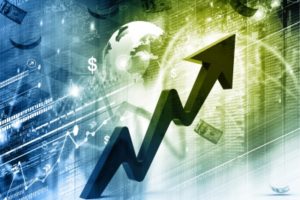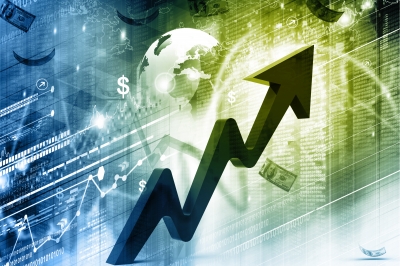 The Philippine economy grew 6.4% in the first quarter of 2017 and remains one of the strongest performers among major emerging economies in Asia. The growth is, however, slower than the 7% that was originally expected.
The Philippine economy grew 6.4% in the first quarter of 2017 and remains one of the strongest performers among major emerging economies in Asia. The growth is, however, slower than the 7% that was originally expected.
The country overtook both Vietnam’s and Indonesia’s 5.1% growth, and Thailand’s 3.3%, landing in second place behind China, which reported a 6.9% growth. India has not yet released its data as of this writing.
The first-quarter performance is in line with government target of 6.5% to 7.5% growth for the first three months of this year. Socioeconomic Planning Secretary Ernesto Pernia in a statement said, however, that the growth was “lower than desiredly expected and this may be explained by the base effects.”
He noted that growth last year was fuelled by election spending, the impact of which has dissipated by now. He added that “the changing of the guards of the administration and reorientation of programs typically take some time to settle, and this slowed government spending for the quarter.”
On the demand or expenditure side, Pernia said the economy remained strong, even with the slowdown in household spending and capital formation. With improving global demand, growth in exports was robust, as exports grew 22.3% during the first quarter, the fastest rate since the third quarter of 2010. And exports of services grew steadily by 14.3% in the first quarter of the year.
On the supply side, agriculture made a comeback with a 4.9% growth after several quarters of decline. The services sector continued to be the main driver of growth, up 6.8%. The 6.1% growth in industry also remained respectable, with the boost provided by manufacturing, tempered by the slowdown in construction and utilities and a decline in mining and quarrying production.
Moving forward, Pernia said the domestic economy is poised to maintain its growth momentum “with the recovery of external trade and private sector’s steadfast optimism.”
“The government has also been busy laying down a strong foundation for sustainable and equitable growth with an ambitious infrastructure program. This is among the many other reforms and programs contained in the Philippine Development Plan 2017-2022,” the Cabinet official said.
With the government’s massive infrastructure program, dubbed as Build Build Build, Pernia said construction activities and public spending are expected to pick up sharply, consistent with the government’s aim to spend 5.3% of GDP this year on infrastructure and up to 7.4% of GDP by 2022.
“But we remain on the lookout for external downside risks that may include market volatility from continuing U.S. interest rate normalization, geopolitical tensions in various regions, and the possible rise of protectionist sentiments especially in Western countries,” Pernia noted.
The country must also remain cautious and stand ready to take measures to counter the potential effects of El Niño, and these initiatives may include continuous production support, timely importation, and the distribution of seeds.
There is also a need to keep inflation under control for the next three quarters and beyond to keep demand strong, Pernia said.
And to sustain export growth, he said it is important to ease government regulation and strengthen market intelligence-gathering with the help of the private sector.
“We also need to maximize the benefits of trade agreements and economic groupings, especially with our ASEAN neighbors,” Pernia said.
Image courtesy of hywards at FreeDigitalPhotos.net





